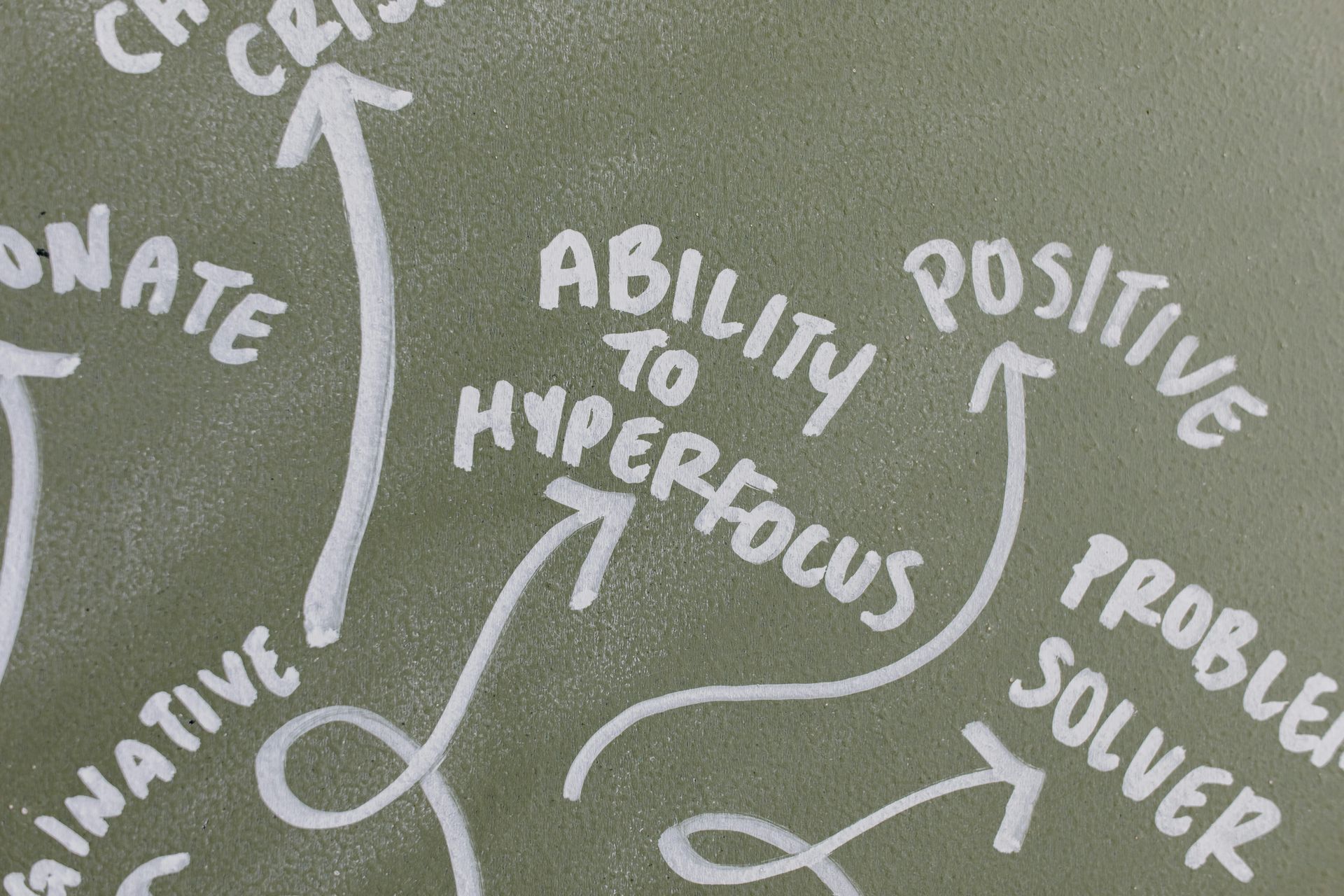Are you a listening leader in the eyes of others? How to test yourself
Introduction
Are you a listening leader? The answer to this question is always going to be nuanced if you were to consider the perspective of others.
One perspective suggests that
leadership can be learned. If you agree, then the question is simply about a level of competency. On the other hand, and perhaps as a segway from the competency angle, leadership can be subject to the
Peter Principle, which inadvertently suggests that not everyone can be a leader in the first place.
Some people with power navigate the conversation on leadership and engagement on the basis of following perspective:
- “I am 80% aware of what is going on, 20% of unknowns I risk-accept; Whilst I check the reality via conversations and a network of confidants, I will always rank quick decision-making over excessive consultation”
What if the 80% of what is claimed to be understood is actually significantly less? As Mark Twain said - “It ain’t what you don’t know that gets you into trouble. It’s what you know for sure that just ain’t so.“
This blog offers three tests for validating if a leader's 80/20 decision-making opinion is well tested.
In conclusion, I offer my views on a metric that beats all others when assessing the impact of the leadership style.
Just like with a question of “are you a good driver?”, it might be wrong to respond with “I am better than average”. It is not possible for all of us to be better than average. Leaders owe it to their employees and shareholders to stretch themselves. People in leadership positions with poor listening skills are major contributors to the observations that “a third of global productivity gaps can be attributed to poor management”.
What is a measure of leadership?
True leader is an authentic master of trust. Whilst best managers are also great leaders, managerial hat itself is about overseeing the process and managing people.
Trust is a credit line. It can never be assumed to exist as a result of authority. “We all want to believe that we are trustworthy, even though ironically many of us struggle to trust others. Most people believe they are completely trustworthy, yet they trust only a handful of their colleagues. The math just does not work - believing that we are trust worthy and being perceived as trustworthy by others are two different things” - Brené Brown, Dare to Lead: Brave Work. Tough Conversations. Whole Hearts.
Just like with a question of “are you a good driver?”, it might be wrong to respond with “I am better than average”. It is not possible for all of us to be better than average. Leaders owe it to their employees and shareholders to stretch themselves. People in leadership positions with poor listening skills are major contributors to the observations that “a third of global productivity gaps can be attributed to poor management”.
Listening tests for leaders
Test 1: Are you creating a culture of conformism, even if inadvertently?
This question is about an ability to embrace variations of thinking styles and methods of communication. A well intended desire to promote consistency of high performance can cause a subliminal command of uniformity. Unchecked, uniformity results in a brew of conformity and silence. Such environments lead to missed opportunities from the perspective of value delivery and risk mitigation.
Symptoms of a leader who is enforcing uniformity:
- If the leader favours one type and style of information flow because of personal preference
- If the leader believes that his or her standard is golden
- If the leader exhibits defensive, emotional reaction and blames employees when management message does not win hearts and minds
- If the leader is perceived hard to challenge
Status quo created by conformism:
- All wins or failures are a projection of the leader
- Overall generated value is less because employee engagement stagnates
- Neurodiversity is disrespected
- Morale and mental health of teams deteriorate
- Culture suffers as people start comparing their “performance” to one golden standard enforced by a leader who is feared or not fully trusted
- Environment becomes highly political because one party wins over the other, or people agree to disagree
- Ironically, it becomes hard for leaders to remain consistent in what she/he says - leaders are most susceptible to behavior that doesn’t reconcile (leader who instills conformism via fear cannot say at the same time “let’s challenge the status quo”)
Conformism happens when people have no time or desire to learn how to adjust to one another. The style of leaders is a key influencing factor in how that happens.
Instead, one party wins over the other, or people agree to disagree.
Test 2: Are you stifling transparency, even if inadvertently?
The way a leader demonstrates to employees how she or he treats data sources will influence the culture and behaviors that lead to a particular state of transparency.
The essence of this test is to see if a leader may be projecting an unconscious bias towards the carefully managed messaging or the network of “behind the back” conversations.
Context for this test:
- Many would agree that human relationships and conversations are very important. As a result, it feels right that when “reserving my opinion” the leader would pursue additional bilateral conversations in order to triage opinions.
- If no additional data sources play a part in the fact checking process, then there is a higher risk of the process being biased
If employees see leaders adopting a heavy skew towards bi-lateral conversations, the whole company will adopt the same form of interaction. Resulting culture is often tribal in nature. In organizations that do not experiment with complementary methods of reality checking, a leader might be perceived as a biased listener due to a mere association with a culture of “behind the back” conversations.
Many leaders perceive themselves as champion tennis players. As per the 80/20 decision-making perspective mentioned in the introduction, leaders double down on the speed of the game and the skills they have. The truth is that most of us don’t actually have a truly winning swing. Unlearning bad habits is hard and requires a slow-down before running fast again.
Bi-lateral information finding is within a comfort zone for most. Symptoms of a leader who might be subject to this bias::
- When presented with financial or capacity information, the response is “I love data”
- When presented with stress testing approach, strategy or opinions, the response is “I don’t need to talk to data, I just need few conversations”
The latter portion of the response is not actually wrong as a statement at a point in time. The ability to counter-balance conversational sources stems from the fact that there is no other data to consider. This situation is subject to this gotcha:
- Just as it is the case with any performance data, it is rarely 100% accurate on day one
- Data becomes useful only through the investment into continuous capture and experimentation-based fine tuning
By not supporting the journey of “perceptions testing at scale”, leaders cap levels of transparency in the organization. Leaders are perceived as non authentic when they make statements about transparency but lack evidence of supporting what they say.
Test 3: Are you undermining the discovery of great ideas, even if inadvertently?
The background to this test is the proposition that great ideas arise only through intellectual sparring, effective and collegial two-way conversations that transcend differences in perspectives. This test is about a leader's approach to engagement and mediation.
This aspect of the listening skills umbrella is nuanced because people are not looking for “communication appointments”, they are looking for a two-way conversation through which they can add value.
It is easy to undermine the discovery of ideas through patterns such as these two:
- Invitations to engagement prefixed with “don’t just raise opinions, provide solutions” - such approach is inherently judgemental
- The “open door policy” - in medium or large size teams such policy can backfire by disempowering the quiet majority even further (disengaged high performance minority can also feel disempowered by such policy)
Employee personas who seek a safe two-way conversations can be summarized as follows:
- Senior employees who are driven by systems thinking - they would voice their concerns with the expectation of the opportunity to discuss their understanding of constraints before a solution could be proposed
- Junior employees with promising capabilities - they quickly learn that some of their ideas are not going to fly without mentoring; they are looking to learn from a leader by observing how a problem is unpacked and be invited to try some of that unpacking themselves
Without an opportunity to have genuine two-way conversation, people fear being judged or would perceive the “communication slot” of limited value. Some leaders pre-empt the sense of fear or the sense of “what’s the point?” by demonstrating various other behaviours (such as never or rarely acknowledging one's own mistakes without the wrapper of excuses, etc.)
The result of the above mentioned symptoms is reduced
psychological safety. If you see “acceptable” employee engagement scores in such an environment, don’t trust the scores.
In my experience, there is no single person who would never make mistakes that impact someone’s safety. It is precisely because we are fallible that it is important to create an environment that is impervious to conformity and embraces transparency via the help of a smart but
unadulterated flow of information.
Conclusion
The modern workplace is more complex as a result of following factors
- remote working
- geo distributed teams
- intensive pace and expectations
- greater risks
- generation that is demanding self-actualisation
In order to be a good listener, the good intention of “be free to speak your mind” needs a more sophisticated approach. Patterns that are based on a leader's personal style and habits skewed towards closed room conversations will limit an organization’s ability to mature.
Leaders with developed listening skills exhibit the following mindset and characteristics:
- Is continuously curious by adopting a junior learner mentality
- Establishes rapport on the basis of “take me seriously but not literally”
- Understands that self-reflection is a way of mastering perspectives, and does not need to be a chore with the right approach
The irony of Leadership is that it cannot be measured by achievements attributable to “you”. Instead, people evaluate strengths of a leader based on achievements of the environment the leader creates.
It is common for achievements of people in power to be measured on the basis of crossing a finish line. This event on its own is insufficient to stipulate if someone was a great leader. Using the race driver analogy, even after winning a race the team may not rate the individual favorably if during the race she or he ran over their own team members, burned through all the tyres and blew the engine that was reserved for the follow up race.
Leaders are the ones who make the team successful. Therefore, the single most important metric of leadership style is the count of how many people and disruptive ideas you enabled to be successful.
If you want to be a better leader, follow these principles:
- Keep away from the “skillful tennis player” mentality - enterprise success is not a celebrity game, and average player will get the winning swing right only at an average rate (especially if you believe that you cannot afford to slow down)
- Adopt the racing team driver mental model in order to maintain deep appreciation of what it means to hold the steering wheel - you are working for the team and not the other way around
- Avoid thinking that you are the smartest person
- Invest into the system of smart transparency
Be brave and run a periodic anonymous team health check survey with a single question - “Is Mr / Mrs X the leader you would follow voluntarily?” (question suggested by
Christian Cunningham)



